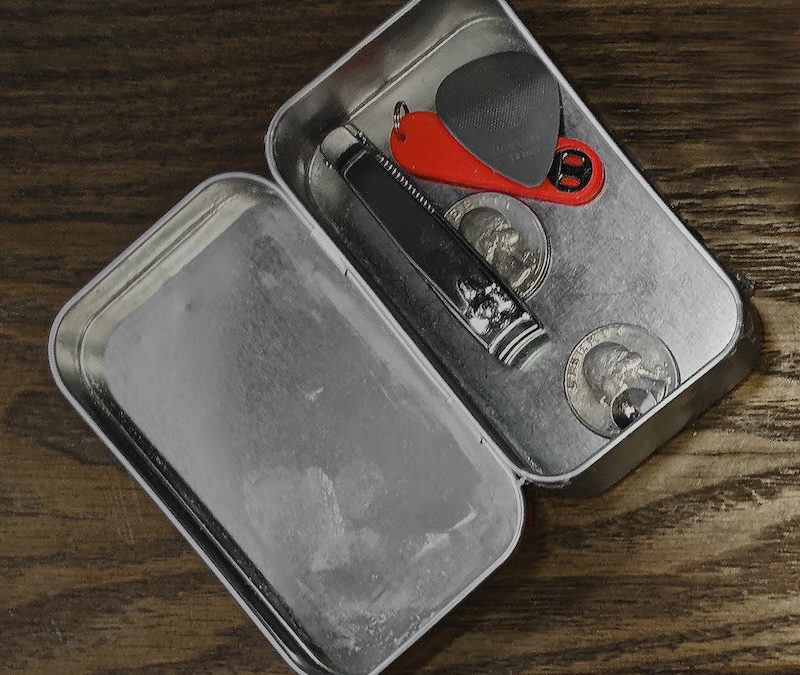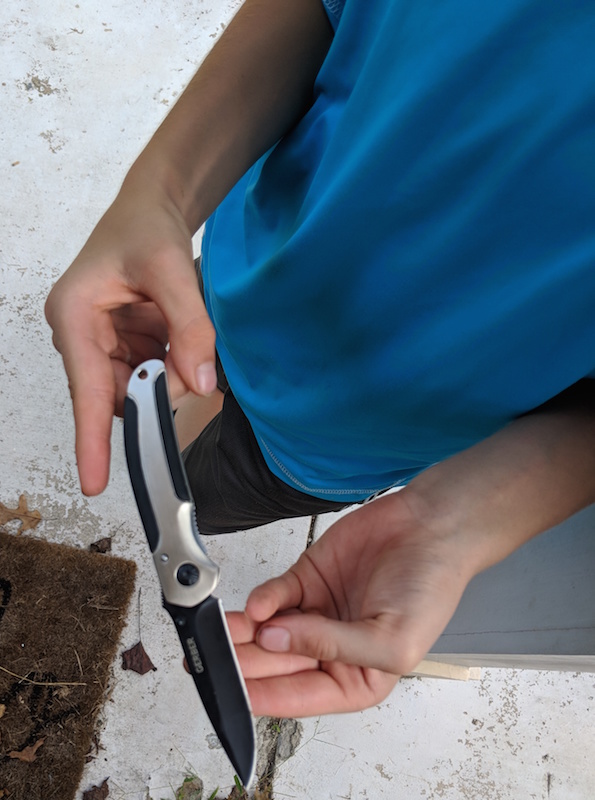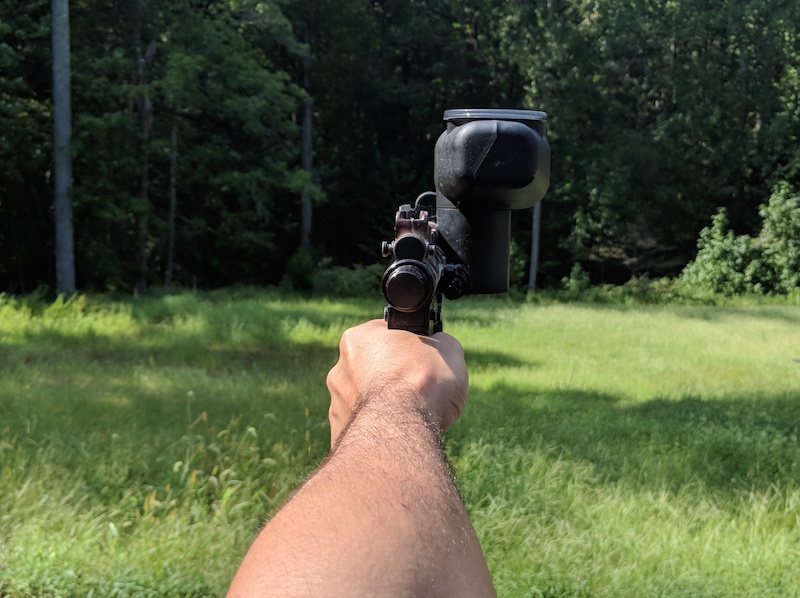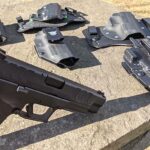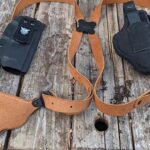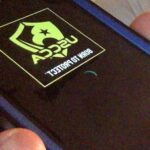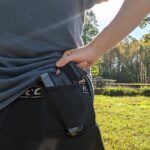I’m all about being prepared, which is why I carry my EDC backpack with me everywhere. However, not everyone is as dedicated me in their everyday prep. For those people, they may consider carrying a miniature version of an EDC kit in their pocket. Sometimes these kits are made using an empty Altoid tin, or other small container.
I began wondering, whether creating and carrying a pocket survival kit is a good idea? While having anything is better than nothing, “micro kits” or “pocket survival kits” are generally not worth the trouble. Taking the time to create and pack them seems overkill for someone with an EDC bag. Anyone who doesn’t practice EDC on a regular basis likely won’t get any benefit from the contents of a pocket kit.
However, for those die hard fans of micro kits, there’s some things to consider when choosing and/or building your kit toward the end of this article.
Table of Contents
What’s In An EDC Pocket Survival Kit?
An EDC pocket survival kit, also known as a micro kit, is a small pocket sized container packed with survival items. Obviously, the items you can carry are limited by the size of the container you choose. In previous years, the empty Altoids tin was a popular choice for creating your pocket kit.
Rural Survival Only
While the idea of a pocket survival kit is sound, I’ve had little success with them. To begin with, survival tins contain items that are almost exclusively for use in a rural environment. You’ll be hard pressed to find a use for your fire striker, or even fishing line and tackle during your everyday travels. Should you head off into the hills of West Virginia, I suppose these items would be beneficial, but wouldn’t you rather take a backpack with a full kit instead of a skeleton kit?
Convenience and Durability
Second, I take issue with the durability of these cases. I have had problems with Altoids tins in particular because the kit isn’t waterproof. Even those waterproof cases are prone to cracking under pressure, which is why I opted for a metal pocket survival kit. Because I kept my kit in my back pocket, and I weigh 200 lbs., flimsy plastic kits might crack under the pressure. Literally. Finally, we have the canvas type pocket kits, which are more pliable, but again are not waterproof. Like a backpack, these are prone to breaking down over time as well, with fraying seams and zipper malfunctions.
As I stated earlier, I carried my pocket kit in my back left pocket. This was before I started using smokeless tobacco, which has since taken over that real estate. Since I carry my wallet (which was significantly slimmer than my pocket survival kit) my back left pocket was never an option. It wasn’t exactly comfortable carrying around my kit, and I was constantly taking my kit out of my pocket, in the car, at my desk, etc. The pocket survival kit I’d made from an empty Altoids can was terribly inconvenient for everyday carry. Perhaps I could have carried it in my front pocket. However, then you’ll need to re-assess where you carry your keys, or cell phone.
Micro Kit Usage and Redundancy
Having carried my micro kit for over a year, I can count on one finger the times I used it. Like you, I perused the internet for ideas of what people were including in their kits. As I mentioned, many of these kits are not conducive to urban environments, and have extremely limited tools. Even the tools I would have used were simply redundancies for items I carried on my person at the time.
Should you actually need the items in your micro kit, good luck trying to get to something at the bottom of it kit for usage. You’ll probably end up unpacking the whole thing, then spend another 10 minutes figuring out how to get all these little trinkets back into said container to close the lid. Again, it’s just inconvenient.
Constructing An EDC Pocket Survival Kit
Alright, if you’re hell bent on constructing your own pocket survival kit, here’s some pointers. First and foremost, decide if you’re going to be in a predominantly urban or rural environment. Once you’ve figured that out, then you need to decide on the type of container you’re going to use. I recommend something extremely thin (e.g. about an inch thick of storage spaces should work).
Deciding your kit is going to take time because you have a very small amount of storage space. Unfortunately, you’ll likely have to make compromises along the way when constructing your kit. Furthermore, you may think everything will fit, but when you pack your kit up discover there simply isn’t enough space. Unpack, and reconsider the items you have and what can be cut or downsized. Here are some ideas for both an urban pocket kit, and a rural pocket kit:
Urban Pocket Survival Kit
- Cash – should you ever end up in a spot where only cash is accepted or credit card machines are down
- Metro or Bus card – for using mass transit
- Duct Tape – It holds the world together, roll it onto itself to condense and save space
- Swiss Army Knife or Small Multi Tool – In an urban environment, the screwdriver, pier, and scissor attachments will serve you best
- OTC medicines – I suggest pain relievers, anti-diarrhea, and allergy pills. You’ll need to figure out how to organize these so they don’t get mixed up.
- Band Aids – you’ll need antibacterial ointment as well
- Burn Spray or Salve – the smallest I could find was this 4 oz. version on Amazon
- Small Sharpie – can be used on a napkin, paper, or in a pinch on your skin
- Phone charging cable – with the advent of universal charging cables this is less of a concern than previously when different model phones had different charging cables
Rural Pocket Survival Kit
- Fire Starter Stick – to use with your knife to get sparks
- Bic Micro lighter, or matches – in the event of rain or damp kindling
- Fishing Line – could potentially be used for snares
- Fishing Tackle – hooks and split shot sinkesr are recommended, bobbers tend to be take up too much space
- Whistle – to alert search parties, and potentially scare off predators
- OTC medicines – same suggestions as your urban kit
- Small vial of bleach – for water purification
- Knife – million and one uses, I carry one regardless of environment
- Band Aids – again, you’ll also need antibacterial ointment to prevent infection
- Paracord – replace boot lace, use for makeshift shelter, snare construction, etc.
Problems I’ve Encountered
Beyond the reasons I’ve already given, I’ll talk to you about a specific problem I had with my Altoid tin pocket survival kit. First, you’ll notice I didn’t say water purification tablets as a means to get drinking water in my list above. I also mentioned earlier in the article that having a water tight container is key. Here’s why.
When I was constructing my kit, I decided to keep my medications separate, I would use a portion of a pill organizer. You know, like the kind elderly folks use to organize their daily medicines. Anyways, I chopped one down to size and had areas for storing pills. I put meds in the first two, and water purification tabs in the last. In addition, I added cotton balls to keep the pills from rattling around and as a source for starting a fire in an emergency.
I wish I had kept an image of my Altoids tin micro kit after a year of usage for this site. Because moisture had somehow gotten to the water purification tabs, a chemical reaction started, and the interior of the Altoids container was being eaten away. The same thing was happening to the hook I planned to use for fishing in an emergency. I definitely wouldn’t have eaten any of the meds in my kit at that point either. It essentially rendered half of my kit useless.
Parting Shots
I’ve shared my personal experience with you about my pocket survival kit, and why it proved to be an obsolete item in my everyday carry arsenal. While the theory seems great, the reality is that the kit was more of an inconvenience than anything. Because many pockets kits on the market are tailored to wilderness survival rather than urban survival, I opted to drop this type of EDC kit. Do you have a different experience? Leave a comment about your personal micro kit loadout and when it has helped you. If you agree, please share your story about why don’t carry a pocket survival kit any longer.
